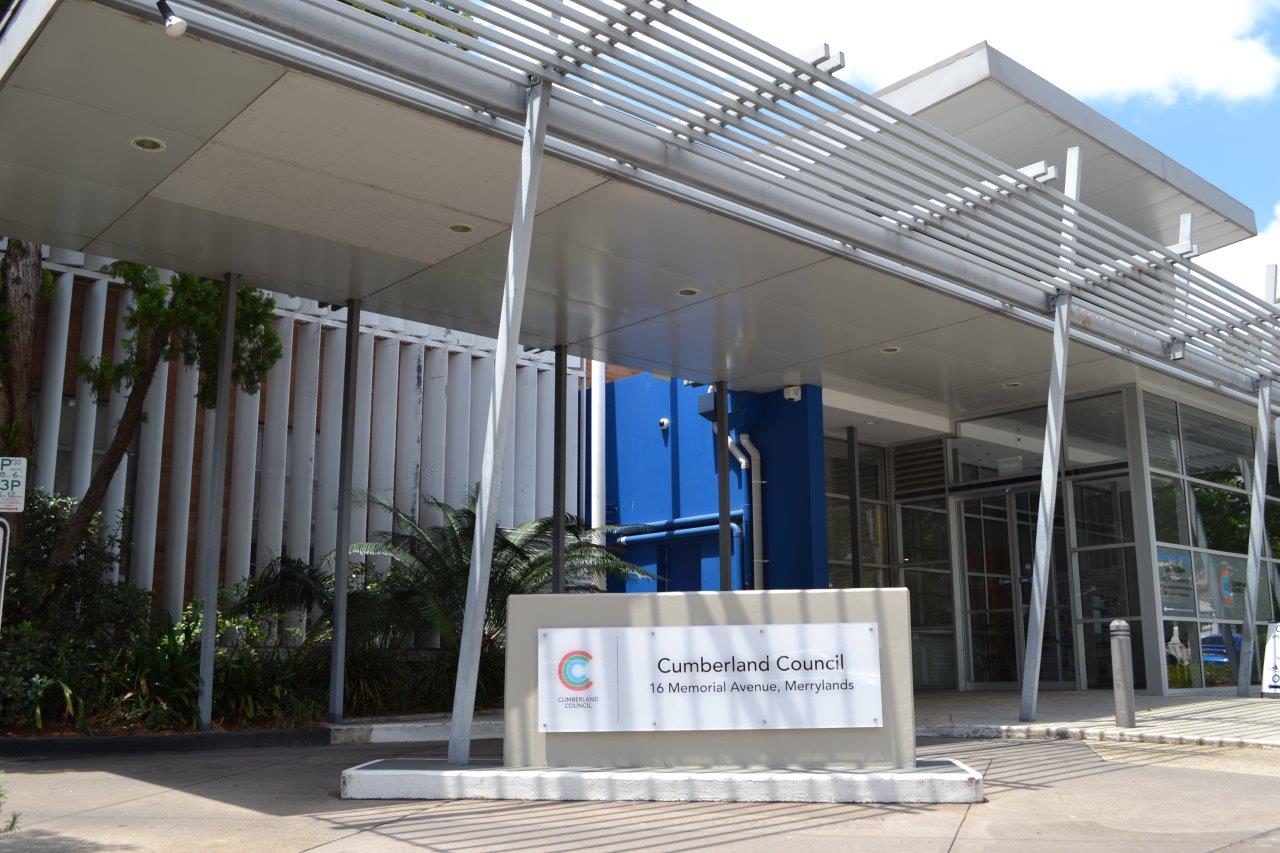What is it?
What is Asbestos?
Asbestos is a silicate mineral that occurs naturally in the environment. It appears as tiny fibres that, on their own, are not visible to the naked eye. It is these fibres that can make you sick if they are inhaled.
Asbestos fibres were added to many building materials because they helped to strengthen them, as well as provide other benefits including improved insulation and heat-resistant properties.
The trick when it comes to remaining safe and healthy in the presence of asbestos is knowing which building materials these fibres were added to, and taking the appropriate care when coming into contact with them.
Are there different types of asbestos fibres?
There are six different types of asbestos fibres. Three of these are classified specifically as White, Brown and Blue (they have long fancy names too, but let’s keep it simple!), while the other three remain unclassified.
All of the fibres are potentially life threatening, however, the Blue and Brown varieties are considered more dangerous. This is because their straight, sharp structure makes them more likely to lodge in your lungs if they are inhaled.
What is non-friable asbestos?
Non-friable asbestos refers to products that are made up of asbestos fibres bonded with cement, vinyl, resin or other similar material. Non-friable products account for 97% of asbestos products, and as such, they are the ones you are most likely to encounter during home maintenance and renovation projects.
Common names in the community for products that are classified ‘non-friable’ include:
- fibro
- super six
- bonded asbestos
- asbestos cement sheets, or AC sheeting.
Examples of where non-friable asbestos products have been used in homes include (but are not limited to):
- wall cladding (interior and exterior)
- roofing
- eaves
- fences
- ridge capping
- vinyl floor tiles
- carpet underlay
- kitchen splashbacks
- thermal boards around fireplaces
- backing of electrical boards
- water or flue pipes.
What is friable asbestos?
Friable asbestos products are less common place, however, they are more hazardous as the fibres are not encased in a bonded form like non-friable products. This means that they are in a better position to be released into the air and inhaled. It presents as a material that can be crumbled, pulverised or reduced to powder by hand pressure (not that we recommend you go around trying to crush suspected materials!). Friable asbestos products are more likely to give off dust, and it is this dust that contains the deadly asbestos fibres.
Examples of where friable asbestos has been used in homes include (but is not limited to):
- spray-on insulation or soundproofing
- asbestos-rope door gaskets in wood stoves
- insulation on hot water pipes, domestic heaters and stoves (lagging)
- backing material on floor tiles and vinyl flooring
- heat-resistant fabrics
- badly damaged/weathered non-friable asbestos cement products
- textured paints, decorative ceiling coatings.
Please note that non-friable products can become friable if they are sufficiently damaged, weathered or otherwise deteriorate.
History of Asbestos
What is the fibro belt?
The ‘fibro belt’ is the name given to an area in Western Sydney where the use of asbestos-containing products is especially concentrated. The suburbs that form part of the ‘fibro belt’ were largely built in the 1950s and 1960s and had streets where every house was built using fibro sheets reinforced with asbestos.
The local government areas (and their respective suburbs) that are considered to form part of the ‘fibro belt’ include Canterbury-Bankstown, Blacktown, Fairfield, Cumberland, Liverpool and Wollondilly. The use of asbestos was equally prevalent in the Gosford/Wyong area.
When to worry?
When should I worry about asbestos?
We know that there are many people in our community (and all throughout Australia) living in homes that contain some amount of asbestos in a variety of building materials. Just because there is asbestos in your home, doesn’t mean you are not providing a safe home for your family. Asbestos was added to some building materials to strengthen them, and other qualities meant that it actually helped create a really strong, great building material, hence why it was used so widely!
If your home, and in particular the asbestos-containing products within it, are well maintained, then you are OK.
You need to be concerned about the asbestos in your home when it becomes damaged (to the extent that the asbestos fibres can be released) or when you are thinking about embarking on a home renovation project. In these cases, it is absolutely essential that you take steps to protect your family.
How can asbestos fibres make me sick?
Asbestos fibres can make you sick if you inhale them. That’s the only way! If the fibres are safely encased in well-maintained non-friable building products then you are safe. It’s when these products are weathered, damaged or disturbed (as part of a renovation, for instance) that they can be released, inhaled and therefore possibly make you sick in the future.
Still need answers?
If you have another question, we haven't been able to answer here, have a look at the info on offer from these great organisations:
This is a great site with heaps of general info about asbestos, as well as a great diagram showing you where you are likely to find asbestos in your home.
This site offers comprehensive health related information, as well as some general advice about asbestos and support services available.





